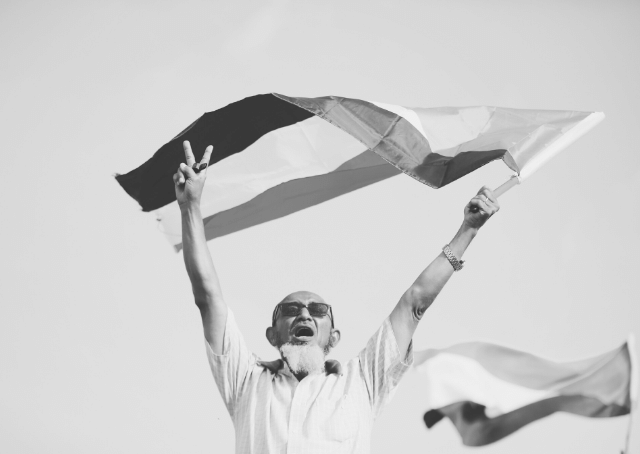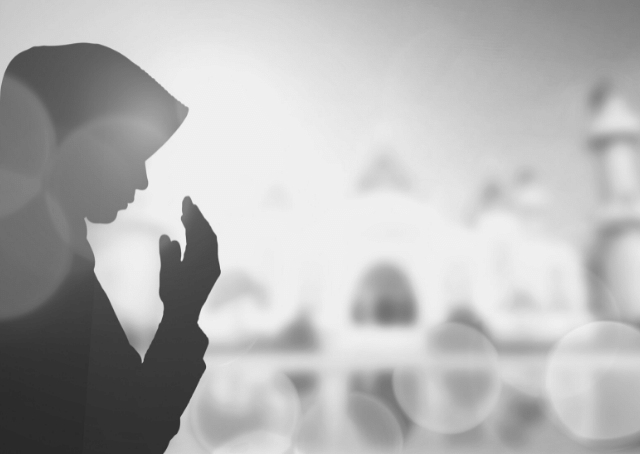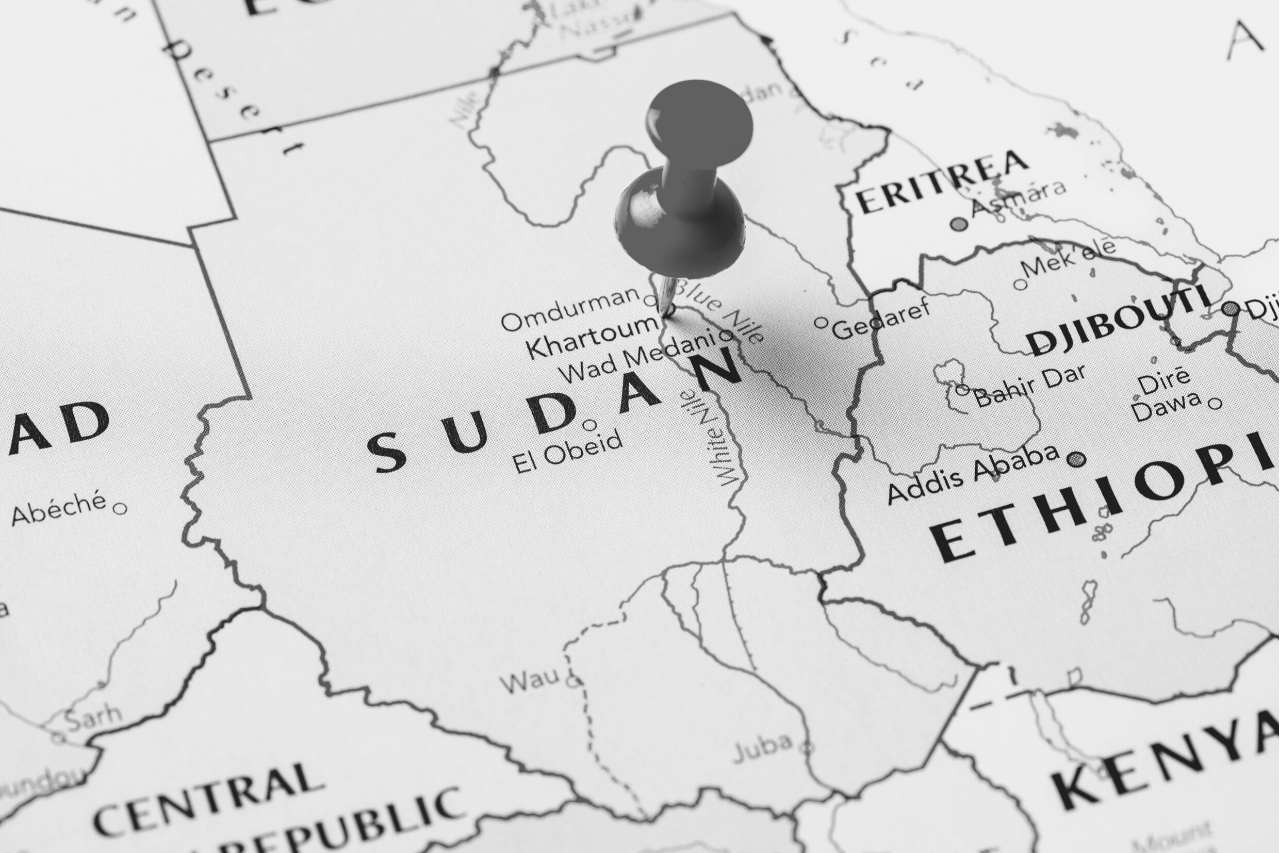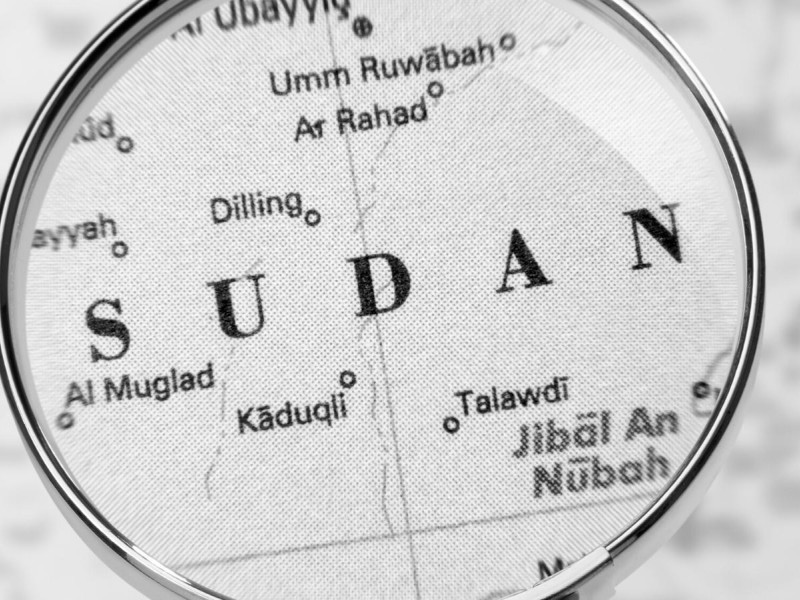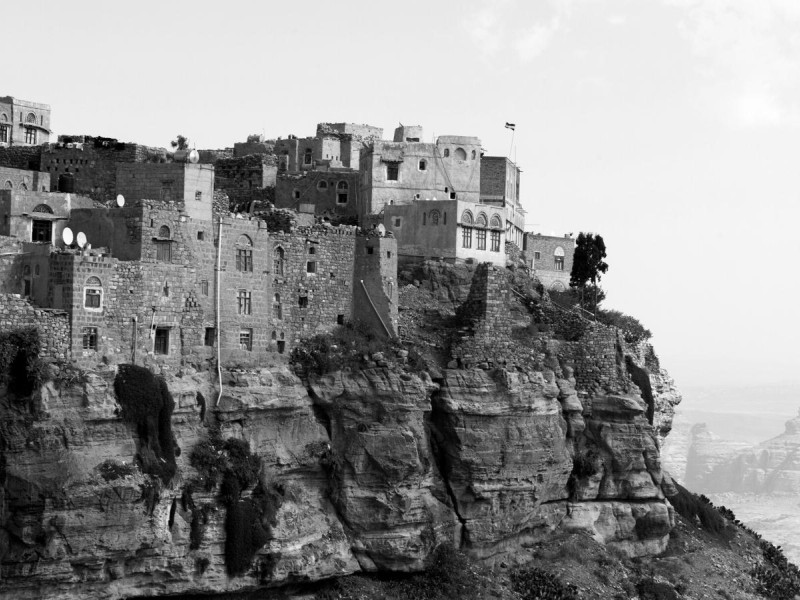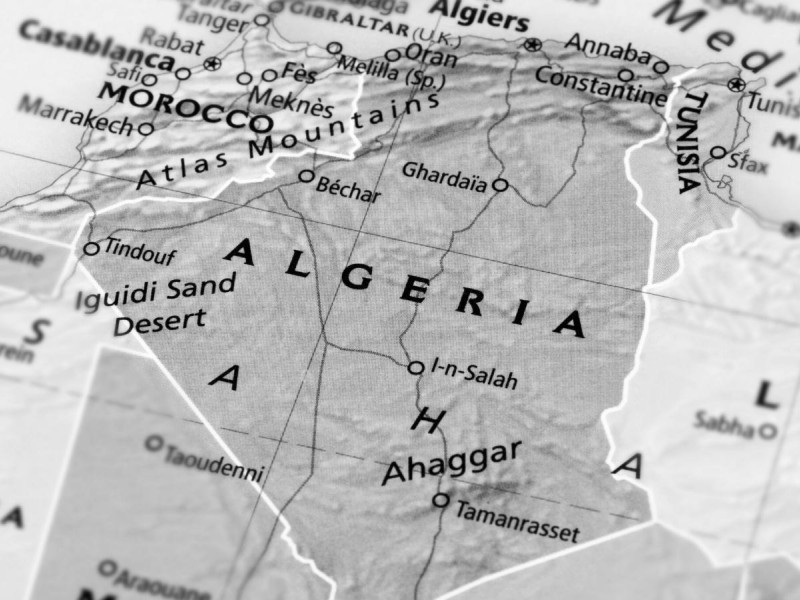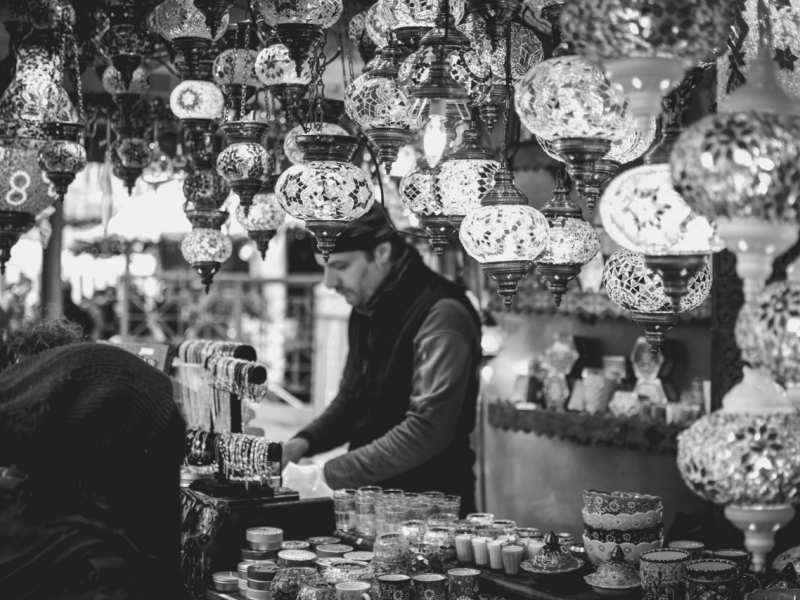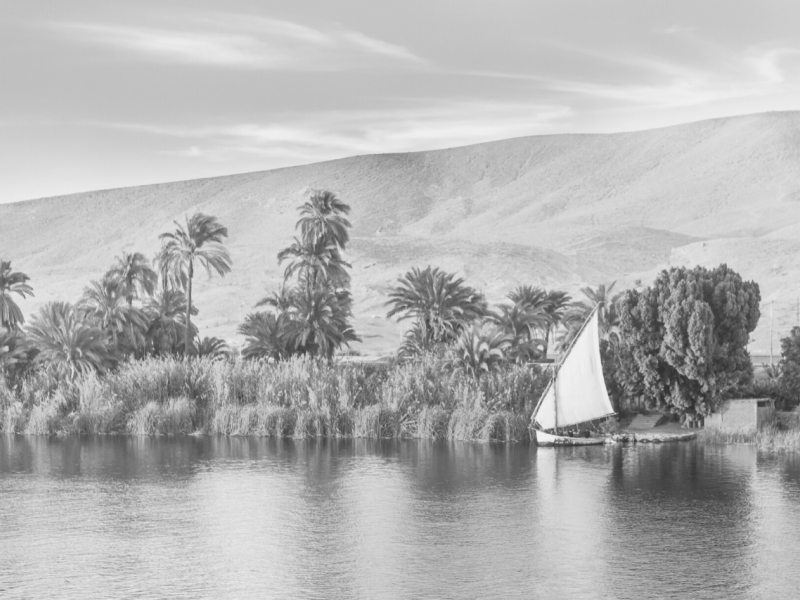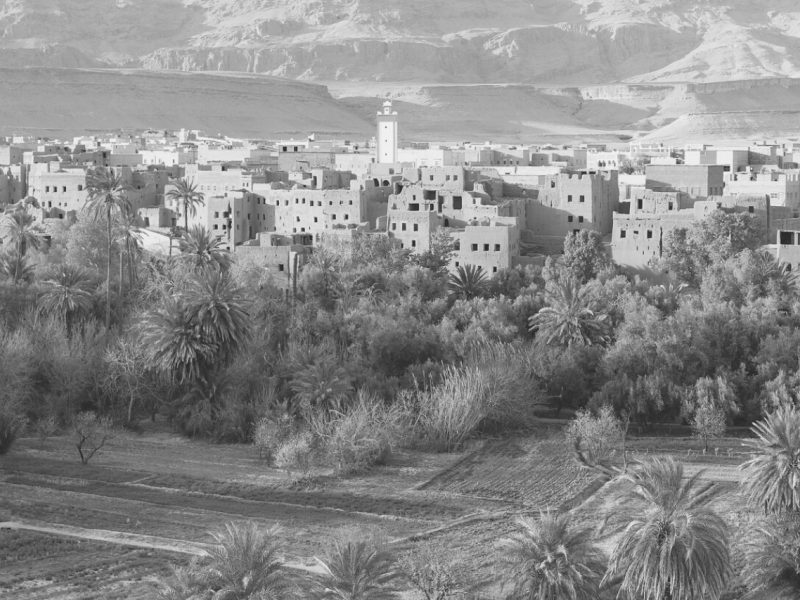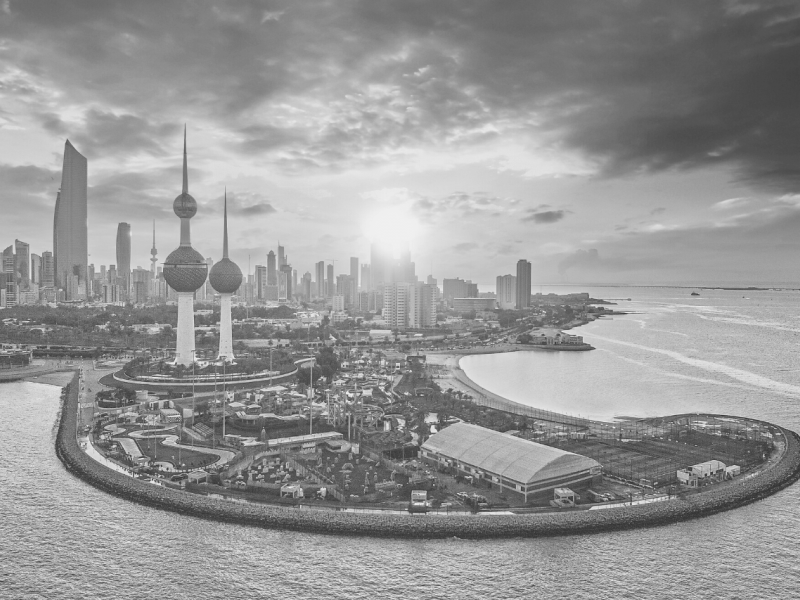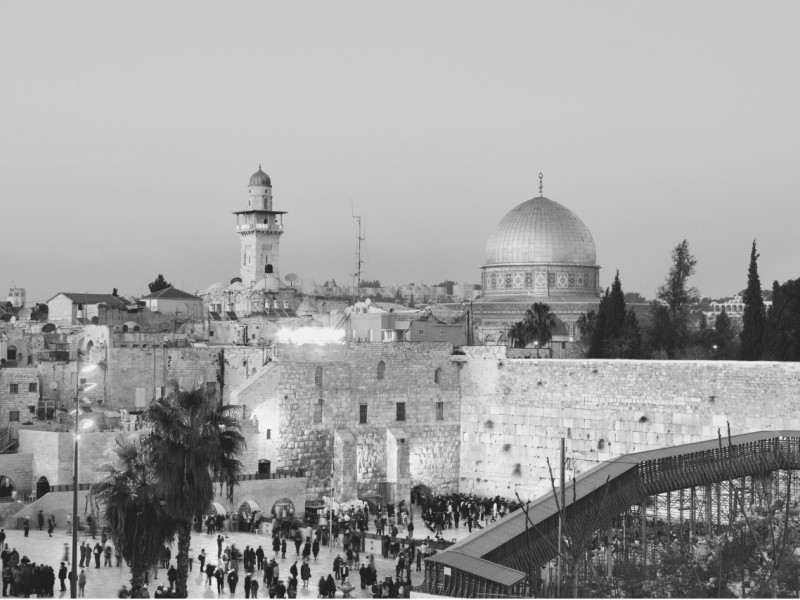Sudanese Culture: Understanding the Diversity
Sudanese culture can be better understood by beginning with the knowledge of its people and their history. Originally, the term “Sudan” was taken from the Arabic: بلاد السودان or Bilad al-Sudan, which means the “Land of the Black People.”
Located in Northeast Africa, Sudan is geographically the largest country in the African continent and the ninth largest in the world. In terms of population, Sudan has approximately 34.5 million people from as many as 400 different ethnic groups.
The north is dominated by Arabic-speaking Muslims. In the south, at least one hundred different languages are spoken by largely black African and non-Muslim people who have been converted as Christians.
Strong racial strain exists between the black southerners and the Arab northerners. In brief, the Muslims in the north against Christians in the south have created age-long strife primarily due to their religion.
In addition, the northern government forces also fight the southern rebel soldiers. Inter-tribal conflict in the south is perennial, whereas the north promotes greater discord by providing arms.
Consequently, there is strong animosity between the two groups who embrace their respective cultures and traditions. Empowered by the large number of Sudanese tribes in their regions, their common dislike for the northern Arabs has proven to be a dividing force among these groups.
North Sudanese Culture
Sudan used to enjoy unity, but religious beliefs and customs have divided the country into the north and south regions. The Republic of Sudan, also known as North Sudan, is a country bordering seven other nations in the northeast part of Africa. The northern territory staged a civil war against the southern region, which prompted the nation’s split in 2011 following decades of fierce civil war.
The North Sudanese customs are closely related to Muslim and Arab social and cultural traditions that separate the population from the South Sudanese. North Sudan people are mostly considered to be exceptionally humble, unpretentious, and stoic. They share certain social values that promote a sense of obligation to support their community.
While this identity will, for the most part, portray the Sudanese Arabic-speaking population, it is critical to understand that all depictions of standard “Sudanese traditions” are subject to differences. The Sudanese people in the northern region are exceptionally socially different, with diverse ways of life, livelihood, and hereditary background.
Sudanese Arabs
The term “Arab” in Sudan describes an affiliation with Arabic-speaking Sudanese Muslims. The lion’s share of the Sudanese population is distinguished as Arabs in this way. In any case, most are ethnically blended and have a Cushitic family line.
Undoubtedly, numerous Sudanese Arabs learn their family’s unique neighborhood dialect before they begin speaking Arabic, thus providing a linguistic connection to their tribal legacy and ethnic family line. Due to the mixed ancestry of most Sudanese Arab people, they may look physically different from those who would consider themselves more “African” or non-Arab.
Livelihood in North Sudan
Historically, the traditional livelihoods of tribes were as a rule centered on agricultural production or nomadic livestock herding. These typical ways of life have been dismantled in most cities. However, they continued to flourish in a few country regions and settled towns, forming Sudan cultural traditions.
Farmer tribes tend to stay in a particular region, mainly along the central Nile River. Meanwhile, tribes whose lives focus on animal raising are by large peaceful migrants within the fields (known as the Bedouins or “Badu”).
Islam in Sudan
The widespread practice of Islam has been powerful in shaping the concept of a “Sudanese Muslim” personality. Moreover, as Islam separates the North Sudanese population from their Christian counterparts in South Sudan, religion has become a central part of the national personality.
However, interpretations of Islam and levels of conservatism differ throughout the nation. There’s a very wide conventional practice linking to Sufism (a supernatural strain of Islam that underlines an individual association with God).
Individuals express their confidence in day-to-day life through dress, dietary practices, regular prayers, and standard references to Allah’s (God’s) will or favor. For instance, the love of Allah is very apparent in the way numerous individuals talk; it is common to slip praise into a casual discussion.
It is additionally typical to listen to one of Sudanese customs of frequently calling God regularly through the expression, “inshallah” (“God willing”). This appears to be rooted in the overwhelming conviction that God’s will eventually decides the future.
One’s confidence is absolutely an individual matter for most Sudan tribes. However, the government’s execution of a Shari’a-based criminal code has expanded religious conservatism, making Muslims in Sudan very open about their Islamic convictions.
North Sudanese Political Identity
You can understand North Sudanese culture more if you have a general knowledge of Sudan’s political history. North Sudan and South Sudan were once a united country under the colonial power of the United Kingdom and later on Egypt.
During this colonization period, a profound Sudanese identity was built together with the customs and traditions that mark their culture. For example, you may notice them wearing the “tob,” or a long wrap-around cloth that has become a national Sudanese traditional dress.
The inclusion of Islamic faith into their national identity and legislation based on Shari’a law may have caused the division between the two regions. Also, the government’s move to make Arabic the standard language across the country and the vision leaning towards Islamic rule as the government’s way to mold the country did not sit well with the Christians in the southern region.
As a result, two civil wars took place within 50 years as the southern region opposed the political dominance of the Sudanese Arab government.
Family and Marriage in North Sudan
You might ask how a North Sudanese family shows respect and love. The family serves as the basic foundation of society, and they are proud of their clan’s reputation and history.
They usually have a large family, which is composed of 10 members or more in each household. Highly patriarchal, Sudanese fathers are expected to be the breadwinners while mothers are known to take charge of house chores. Men in the family should protect their family members while women need to comply.
The people believe that marriage is necessary to strengthen their religious and family ties. That’s why everyone is expected to marry someone with the same faith. In fact, for obvious reasons, interfaith marriage is not legally permitted.
Meanwhile, you may also be surprised by how young they get married. Boys and girls can legally marry once they reach puberty. That means 13 for girls and 15 for boys. Polygamy may be practiced in some areas. That’s why it is not surprising to meet a family man with four wives. Divorce, on the other hand, is still considered shameful by many people.
South Sudanese Culture
South Sudan has a rich biodiversity with great savannas, swamplands, and rainforests that are home to numerous wildlife species. They raise cattle and cultivate farms for their livelihood.
Western-style clothing is commonly worn, especially in cities and towns. Meanwhile, traditional dress varies throughout the country depending on the people’s economic status and ethnic group affiliations. Because of the hot climate, clothing tends to be loose-fitting, made of cotton and light materials.
A struggle emerged between North Sudanese as they tried to force the overwhelming expansion of Islamic law and culture to all parts of the nation, including the Christians in the south. The latter group, primarily the larger part of southern Sudan’s population, fought over fears that the south would be marginalized by the northern-based government.
Sadly, those fears have led to a long civil war.
Over the years, the culture has been intensely influenced by the countries neighboring South Sudan. Many South Sudanese ran away to Ethiopia, Kenya, and Uganda, where they interacted with the nationals and learned their languages and cultures.
In numerous ways, life with Sudanese traditions has been the same as that in any other African town, with the youth living in clusters that serve a family-like function and the people amazingly living happily in the face of poverty and civil war.
Christianity in Sudan
There has been a growing population of Christians and Greek Orthodox Christians in South Sudan. Most of these Christians decided to live in urban areas and spearheaded missionary activities there. Many other denominations of Christianity are also practiced, including Roman Catholicism, Protestantism, and many Evangelical churches.
Housing in South Sudan
Rural settlements in Sudan are more often than not clustered along waterways because of water supply issues, particularly during dry months. Within the north, towns are frequently strung out along the streams.
Along the northern part and a few central and southern zones, houses are made of sun-dried bricks and have flat-topped rooftops, whereas, in the more distant south, the individuals construct circular cabins with covered cone-shaped rooftops made out of grass, millet stalks, and wooden shafts.
Although towns are still very few and widely scattered, about one-third of Sudan’s population can be considered urban cities. Urbanization as part of the culture in Sudan has been more pronounced in areas of the country where trade is more highly developed. With a few special cases, all major cities and towns in Sudan lie along the Nile River or one of its tributaries or the coast of the Red Sea.
Family and Kinship Patterns
In Sudanese society, the male line remains strong, but significant changes have been appearing recently. For instance, the couple’s residence could be with or close to the wife’s family, but if the husband disagrees with his in-laws, he could take his wife to live with his clan. In addition, some marriage practices can be instituted between cousins, sororate, and levirate. They even practice polygyny.
Economy
South Sudan is among the poorest and least-developed countries in the world, and almost four-fifths of its inhabitants depend on crude farming or animal husbandry for their livelihood. The cruel civil war that began in late 2013 severely disrupted the economy of South Sudan.
The country needs to find ways to modernize its technology amid bountiful natural resources, including very fertile agricultural land and great livestock, including over 60 million cattle, sheep, and goats.
However, it is also true that part of the culture of Sudan is marred by political instability, poor governance, and corruption that hinder development in the world’s youngest country.
It is hard to face the truth, but South Sudan is mostly undeveloped; most villages in the country have no electricity or running water. In addition, the country’s overall infrastructure is insufficient.
Conclusion
Sudan is challenged by a rift between its north and south regions due to their religious preferences. The north is inhabited by Arab Muslims, and the south is occupied by ethnic sub-Saharan Africans who are mostly Christians.
It is also one of the least developed nations in the world, and a civil war continues to distort peace and economic progress in the region. To conclude, understanding the diverse culture of this nation can pave the way towards that much-awaited national reconciliation.
